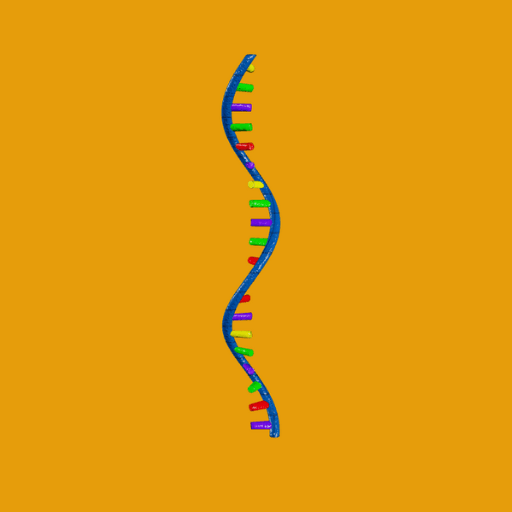What is DNA?
Deoxyribonucleic acid (DNA) is like a blueprint or a set of instructions that contains the genetic information necessary for the development, growth, and function of all living organisms.
Key Features
Double Helix Structure: DNA is shaped like a twisted ladder, with two strands of nucleotides that are complementary to each other.
Nucleotides: The building blocks of DNA, consisting of a sugar molecule, a phosphate group, and one of four nitrogenous bases (A, C, G, and T).
Base Pairing: Adenine (A) pairs with Thymine (T), and Guanine (G) pairs with Cytosine (C), forming the rungs of the ladder.
Genes: Segments of DNA that code for specific proteins or functions.
Functions
Genetic Information Storage: DNA contains the instructions for the development, growth, and function of an organism.
Inheritance: DNA is passed from one generation to the next, carrying genetic traits and characteristics.
Protein Synthesis: DNA provides the instructions for the synthesis of proteins, which perform a wide range of functions in the cell.
Cellular Regulation: DNA plays a role in regulating cellular processes, such as metabolism, growth, and response to stimuli.
Fun Tips
- If you stretched out all the DNA in a single human cell, it would be about 2.5 meters long!
- DNA is incredibly thin, measuring about 2 nanometers in diameter.
- The human genome consists of more than 3 billion base pairs of DNA!
- DNA can survive in extreme conditions, such as high temperatures, radiation, and even in space!
- The discovery of DNA’s structure by James Watson and Francis Crick in 1953 revolutionized our understanding of genetics and molecular biology.




